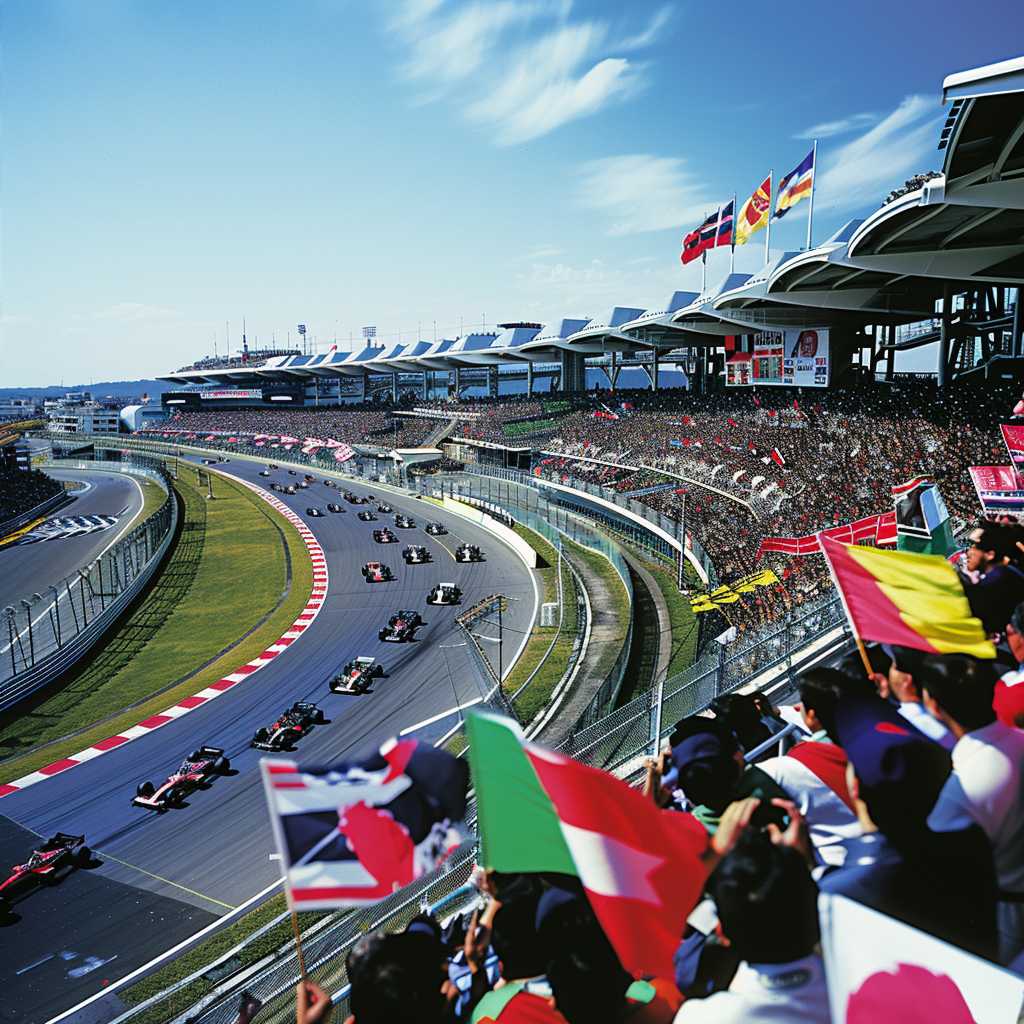Exploring the Prestige of the Japanese Grand Prix: An Iconic Race in Formula One History
The Formula One landscape is replete with races held on various grand circuits around the globe, but few have as much acclaim and sentimental value as the Japanese Grand Prix. This prestigious event, which usually takes place late in the season, often has a significant impact on the championship battle. Hosting some of the most memorable moments in racing history, it is a race that captures the essence of Formula One’s technical prowess, the drivers’ sheer skill, and the undiminished fervor of fans.
The Origin and Evolution of the Japanese Grand Prix
The roots of the Japanese Grand Prix extend back to 1963 when it was originally a sports car race. It ascended to its current high-profile status over several decades, reflecting Japan’s burgeoning automotive industry and its passion for motor racing. The race became part of the Formula One World Championship for the first time in 1976, held at the Fuji Speedway. This inclusion was instrumental in expanding Formula One’s reach to Asia and beyond.
The transition from a national event to one of international regard has seen the Japanese Grand Prix become synonymous with precision and innovation, both exhibited by participants and appreciated by aficionados everywhere. It’s not just about exceptional driving; teams must meticulously plan their strategies to tackle one of F1’s most challenging circuits.
Suzuka Circuit: A Proving Ground for Motorsport’s Finest
Arguably, no discourse on the Japanese Grand Prix can avoid lauding the Suzuka Circuit, which since1987 has hosted all bar two Grands Prix (2007 and 2008 were at Fuji). Designed by Dutchman John Hugenholtz in 1962 as a Honda test track, Suzuka is one-of-a-kind with a figure-eight layout where the track crosses over itself on an overhead bridge –rendering it unique to Formula One.
This track not only revels in its unique topography but challenges drivers with some of the most demanding corners in race history, such as the ‘130R’ and ‘Spoon Curve’. Success at Suzuka requires a nearly unmatched combination of aerodynamic efficiency, tire management, and driver bravery – testifying to why victories here are among the most esteemed in a driver’s career.
Memorable Moments and Championship Deciders
Highlights from past Japanese Grands Prix illustrate why it is such a key fixture on the F1 calendar. From James Hunt’s championship in 1976 to Ayrton Senna and Alain Prost’s infamous collisions in both 1989 and 1990, winner-takes-all climaxes are etched into the annals of motor racing. Beyond its role in pivotal title showdowns, it continues to be a theater for spectacle – displaying raw speed intermingled with heartbreaking narratives like Damon Hill’s championship in 1996 or Kimi Räikkönen’s exceptional win from 17th on the grid in 2005.
Cultural Impact and Fanfare
The influence of Formula One on Japanese culture mirrors its international resonance, with local fans showing their support with an endearing mix of enthusiasm and respect. This fervor permeates throughout the country during Grand Prix weekends and greatly contributes to what many consider a homecoming of sorts; Japan loves Formula One ardently.
The backdrop achievements and contributes significantly to the color that defines each event. Contributors are varied – team personnel, locals volunteering at tracks, tireless members of the media spreading stories fraught with tension and glory: all play vital roles.
